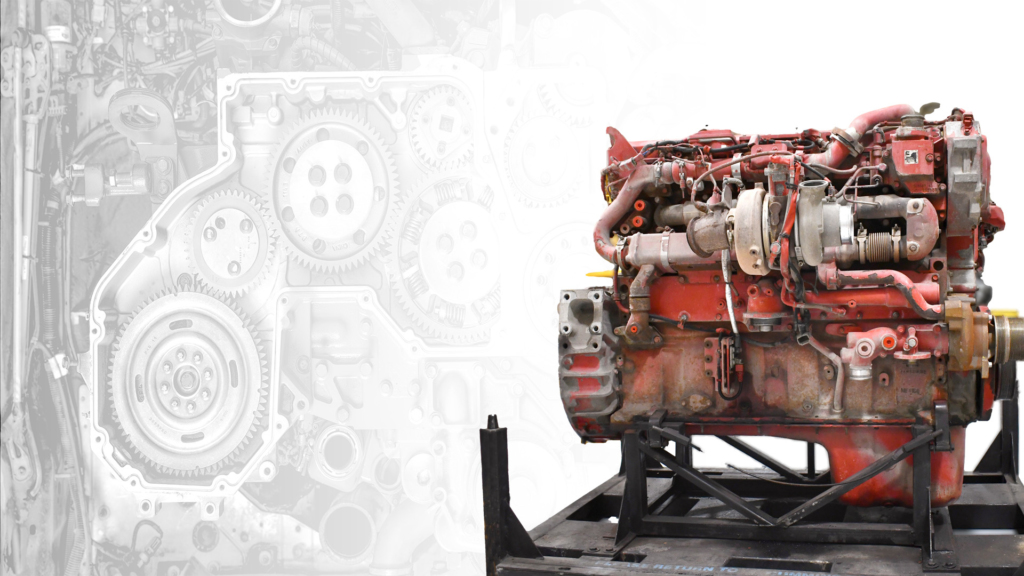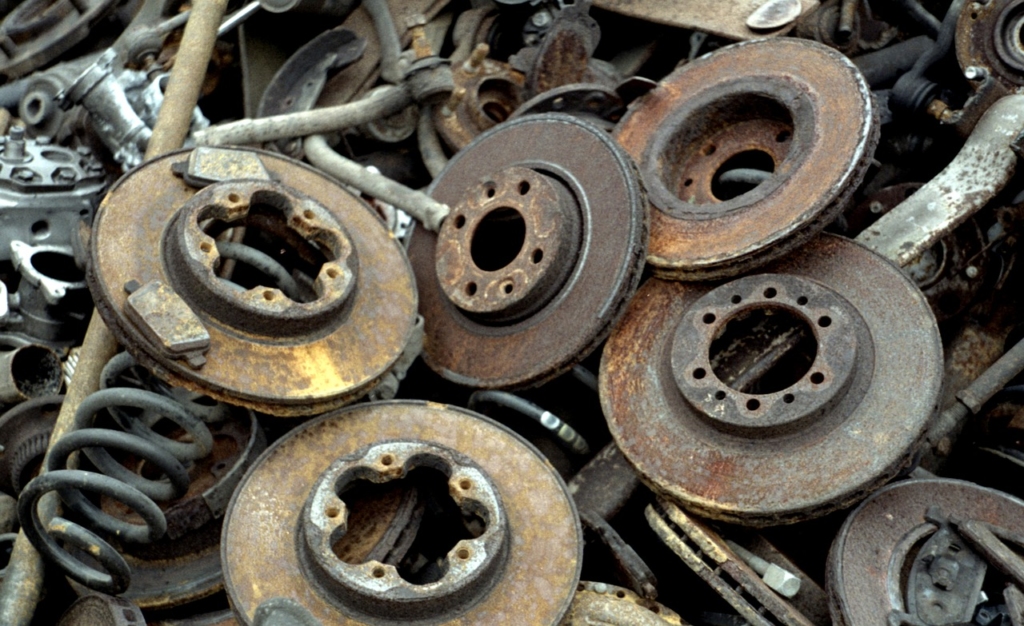Driving Towards Sustainability
The automotive industry is embracing sustainability like never before, and at the forefront of this movement is the concept of reuse. From salvaging auto parts to repurposing materials, reuse is playing a crucial role in reducing waste, conserving resources, and transforming the automotive landscape. Come with us as we embark on a journey through the world of automotive sustainability and discover how the power of reuse is propelling us toward a greener and more efficient future.

Remanufacturing
Remanufacturing involves the process of refurbishing and restoring used automotive components to their original performance standards. Instead of discarding and replacing entire parts, remanufacturing extends the life of components such as engines, transmissions, and alternators. These components undergo rigorous testing, cleaning, and reconditioning before being reintroduced into the market. Remanufacturing not only reduces waste but also conserves energy and resources compared to manufacturing new parts from scratch. It offers cost-effective alternatives for vehicle owners and ensures that valuable materials are given a second life, contributing to a more sustainable and circular automotive economy.
Auto Parts Recycling
Vehicle recycling plays a vital role in the automotive industry’s pursuit of sustainability. When vehicles reach the end of their life cycle, they can be dismantled, and various materials can be extracted for reuse. Metals such as steel and aluminum can be recycled and used in the production of new vehicles or other applications. Similarly, plastics, glass, and rubber components can be recycled and repurposed for manufacturing processes. Recycling auto parts reduces the demand for virgin materials and minimizes the environmental impact associated with their extraction and production.

By closing the loop on vehicle materials through recycling, the automotive industry contributes to the conservation of resources and the reduction of landfill waste.
Reused Vehicle Components
The automotive industry is embracing the reuse of vehicle components as a sustainable practice. Certain parts, such as tires, batteries, and interior components, can be refurbished or reconditioned for reuse. For example, tires can be retreaded, allowing for an extended lifespan before replacement. Batteries can be refurbished and repurposed for other applications, such as energy storage systems. Reusing vehicle components not only reduces waste but also provides cost-effective alternatives for vehicle maintenance and repairs.
It contributes to a more sustainable automotive ecosystem by promoting the circular economy principles of reuse and resource efficiency.
Vehicle Conversion and Upcycling
Another exciting aspect of reuse in the automotive industry is vehicle conversion and upcycling. Instead of scrapping or disposing of older vehicles, they can be repurposed and transformed for alternative uses. For instance, classic cars can be retrofitted with electric drivetrains, giving them a new lease on life as eco-friendly and unique electric vehicles. Similarly, old buses or vans can be converted into mobile food trucks, pop-up shops, or recreational vehicles.
Vehicle conversion and upcycling allow for the preservation of automotive history while promoting sustainability and creativity. It is an innovative way to reimagine the lifespan of vehicles and reduce waste in the industry.
Wrap up
The automotive industry is revving its commitment to sustainability through the power of reuse. From remanufacturing auto components and recycling vehicle materials to reusing vehicle components and engaging in vehicle conversion and upcycling, the industry is driving positive change and paving the way for a greener future. By embracing reuse, the automotive industry reduces waste, conserves resources, and demonstrates a commitment to environmental stewardship. Together, let’s accelerate toward a more sustainable automotive ecosystem where reuse takes center stage!


